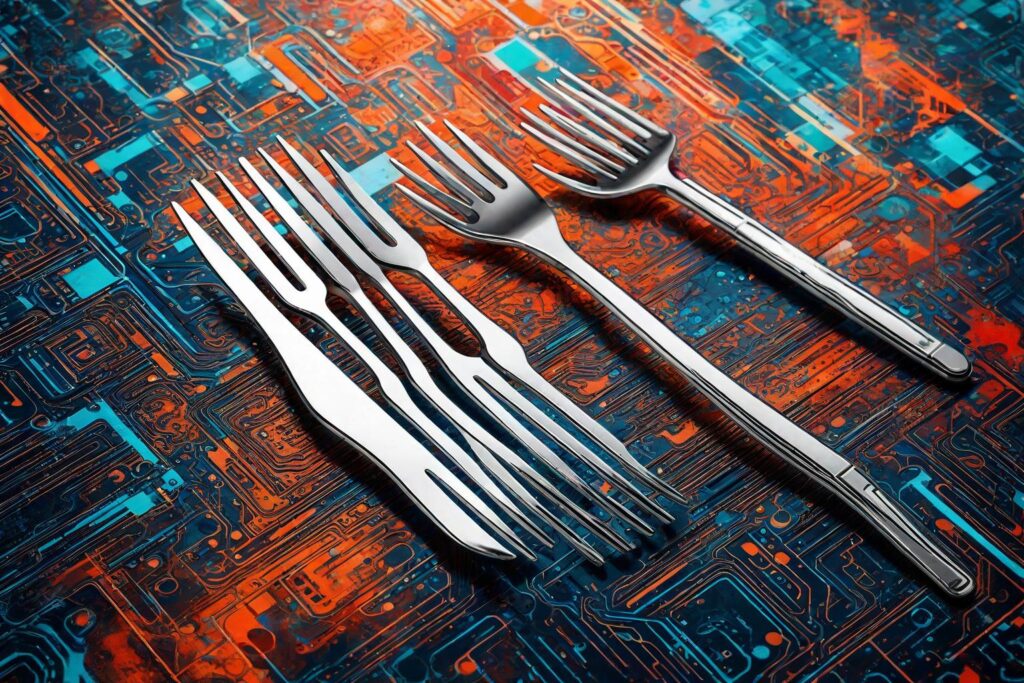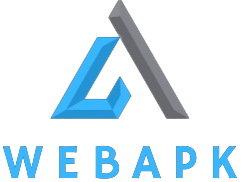Understanding Forgiving Forks in Blockchain

Ever heard of a blockchain “fork“? It’s where the digital path splits, creating two separate blockchains with their own rules and histories. These splits can be exciting, introducing new features and possibilities. But sometimes, they can also cause headaches, especially for users who need to upgrade their software, also known as “node clients,” to stay compatible.
But fear not! There’s a special kind of fork that plays nice with the past: the forgiving fork. Let’s delve into what makes it so accommodating and why it might be the answer to your “upgrade blues.”
You may like this Unveiling the Mystery: What is Galaxy AI?(2024)
Table of Contents
What Makes a Fork “Forgiving”?
Imagine a highway split – one lane leads to the shiny new “future city,” while the other stays connected to the familiar “old town.” A forgiving fork acts like a bridge between these lanes.
Transactions and data from the original chain can seamlessly flow onto the forked chain, without requiring users on the old chain to switch lanes and upgrade their node clients. This backward compatibility is like speaking the same language, ensuring both chains understand each other.
Why Do Forgiving Forks Exist?
Several reasons drive the creation of forgiving forks:
- Preserving Adoption: Upgrading software can be disruptive and costly. Forgiving forks allow those comfortable with the existing chain to benefit from new features without the hassle.
- Experimentation: They provide a safe space to test new features and protocols before requiring everyone to jump ship.
- Community Unity: Maintaining some level of compatibility can prevent the blockchain community from completely fracturing, fostering collaboration and innovation across both chains.
Real-World Examples of Forgiving Forks
A prominent example is the Ethereum Constantinople fork, which implemented several performance improvements without requiring node client upgrades. Another is the Bitcoin Cash split, which enabled larger block sizes, though compatibility wasn’t perfect.
Are Forgiving Forks Always Good?
While these examples highlight the benefits, remember:
- Technical Complexity: Maintaining compatibility can be technically challenging, potentially hindering future upgrades.
- Limited Innovation: By embracing the past, some innovation potential might be stifled.
- Confusing Choices: Having multiple chains can be confusing for users, especially newcomers.
Ultimately, whether a forgiving fork is “good” depends on the specific goals and circumstances.
The Takeaway: Embrace the Flexibility
Understanding forgiving forks empowers you to navigate the evolving landscape of blockchain technology. They offer an alternative to disruptive upgrades, promoting smoother transitions and continued growth. So next time you hear about a blockchain fork, remember: that sometimes, playing nice with the past can pave the way for a brighter future!

